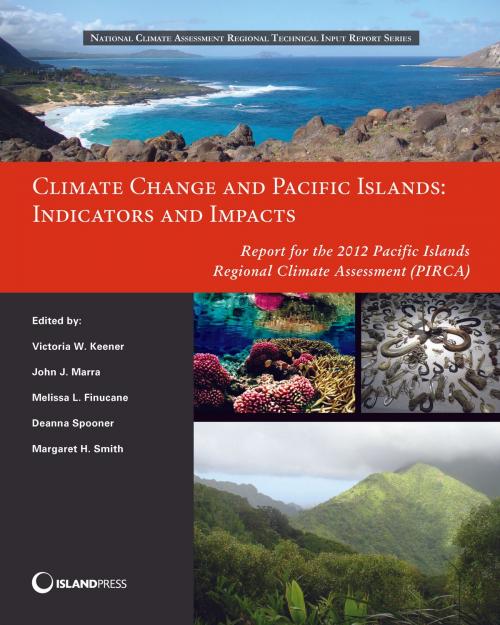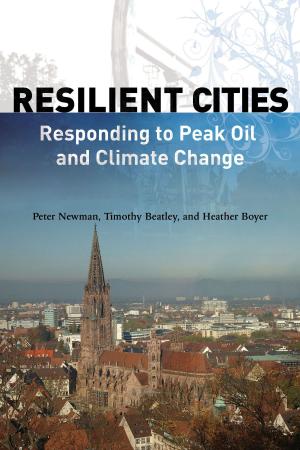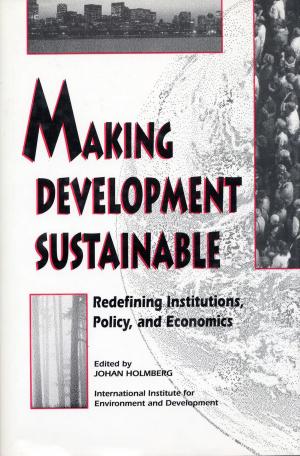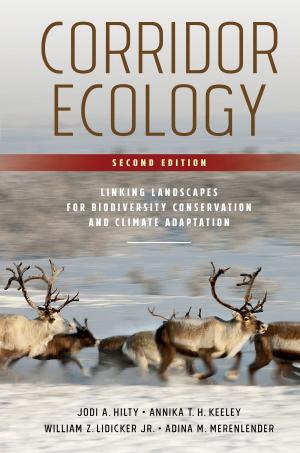Climate Change and Pacific Islands: Indicators and Impacts
Report for the 2012 Pacific Islands Regional Climate Assessment
Nonfiction, Science & Nature, Science, Biological Sciences, Environmental Science, Nature, Environment, Environmental Conservation & Protection| Author: | Victoria Keener | ISBN: | 9781610914598 |
| Publisher: | Island Press | Publication: | February 15, 2013 |
| Imprint: | Island Press | Language: | English |
| Author: | Victoria Keener |
| ISBN: | 9781610914598 |
| Publisher: | Island Press |
| Publication: | February 15, 2013 |
| Imprint: | Island Press |
| Language: | English |
Prepared for the 2013 National Climate Assessment and a landmark study in terms of its breadth and depth of coverage, Climate Change and the Pacific Islands was developed by the Pacific Islands Regional Climate Assessment, a collaborative effort engaging federal, state, and local government agencies, non-government organizations, academician, businesses, and community groups to inform and prioritize their activities in the face of a changing climate. The book assesses the state of knowledge about climate change indicators, impacts, and adaptive capacity of the Hawaiian archipelago and the US-Affiliated Pacific Islands.The book provides the basis for understanding the key observations and impacts from climate change in the region, including the rise in surface air and sea-surface temperatures, along with sea levels, and the changes in ocean chemistry, rainfall amount and distribution, weather extremes, and widespread ecosystem changes.Rich in science and case studies, it examines the latest climate change impacts, scenarios, vulnerabilities, and adaptive capacity and offers decision makers and stakeholders a substantial basis from which to make informed choices that will affect the well-being of the region's inhabitants in the decades to come.
Prepared for the 2013 National Climate Assessment and a landmark study in terms of its breadth and depth of coverage, Climate Change and the Pacific Islands was developed by the Pacific Islands Regional Climate Assessment, a collaborative effort engaging federal, state, and local government agencies, non-government organizations, academician, businesses, and community groups to inform and prioritize their activities in the face of a changing climate. The book assesses the state of knowledge about climate change indicators, impacts, and adaptive capacity of the Hawaiian archipelago and the US-Affiliated Pacific Islands.The book provides the basis for understanding the key observations and impacts from climate change in the region, including the rise in surface air and sea-surface temperatures, along with sea levels, and the changes in ocean chemistry, rainfall amount and distribution, weather extremes, and widespread ecosystem changes.Rich in science and case studies, it examines the latest climate change impacts, scenarios, vulnerabilities, and adaptive capacity and offers decision makers and stakeholders a substantial basis from which to make informed choices that will affect the well-being of the region's inhabitants in the decades to come.















